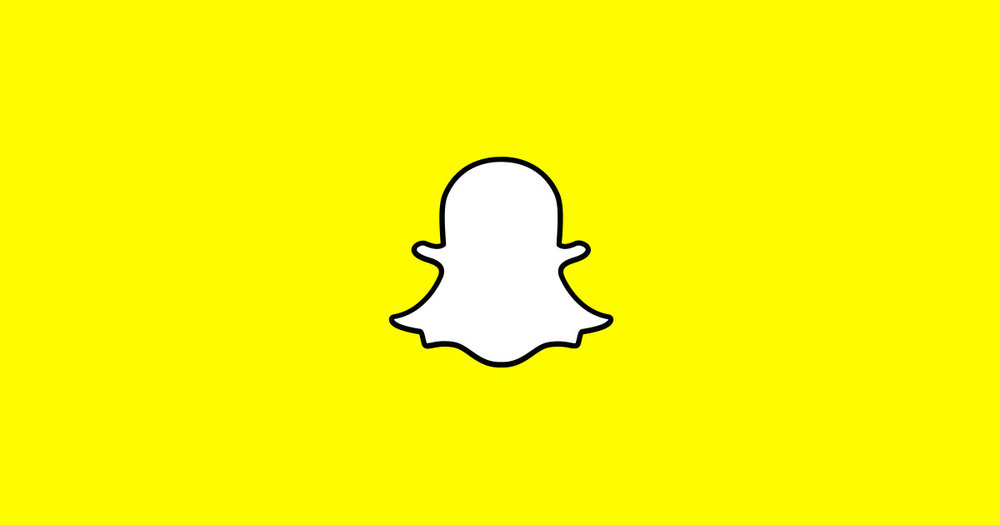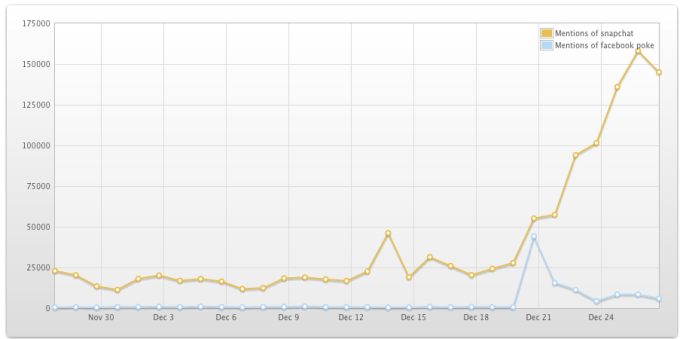
Snapchat - how to make $3B within 2 years sharing group selfies (9 min read)
Snapchat- The "group selfie app" that lets users exchange pictures and videos that are meant to disappear after they're viewed.

Highlights
- April, 2011 - Stanford student, Reggie Brown supposedly came up with a idea for dissapearing photos, sexting app
- July, 2011 - Brown is joined by Evan Spiegel and Bobby Murphy to build the app called Picaboo on IOS
- Summer 2011 - They promoted the app to their Stanford University community, and directly to the people in their city:
- They pitched the app to people one on one,
- Gave tutorials,
- Went to shopping malls to hand out flyers,
- Reached out journalists,
- Brown even tried positioning the app as a sexting tool “Picaboo lets you and your boyfriend send photos for peeks and not keeps!” - a draft of a press release he wrote. - August, 2011 - Spiegel and Murphy kicked out Brown from the project.
- End of Summer 2011 - The app has 127 users - mostly founders' friends
- The Fall 2011 - Due to receving ease-and-desist letter from the photo book company with the same name "Picaboo", the app was rebranded to Snapchat
- The Fall of 2011 - Spiegel’s mother told their teenage cousin about the app. After that it went viral at a local high school in Southern California, and beyond.
- December 2011 - January 2012 - The app grew from 3k users to 30k in a month.
- Early 2012 - Snapchat attracted the attention of mainstream press including New York Times. TechCrunch and others
- December 2012 - Facebook released Snapchat's competitor "Poke"
- November 2013 - Snapchat turned down a $3B acquisition offer from Facebook
Disrupting forever content
At the beginning, Snapchat let its users see the photos for max 10 seconds before disappearing.
Disappearing photos meant:
- saving memory on phones
- more no-filter pictures = less time to take a photo = more photos to send
- no worries about privacy exploitation
Timing
This was the time when many students got iPhones with front-facing cameras, which worked perfectly for the "group selfie app" - that's what Snapchat was known as.
Privacy
Snapchat introduced a built-in alert which notifies the sender if any of the recipients took a screenshot of the photo.
Along with dissapearing photos, Snapchat was the perfect place for private messaging.
Free expression & creativity
Snapchat introduced an option to add text to photos and draw on the them.
It let people express themselves in a way they weren't able before.
Tapping into high schoolers
It gave teenagers an opportunity to exchange messages quickly and left no evidence.
Although the media thought it was all about sexting, the 80% of Snapchat's images were sent during the day - the school day, to be exact.
Not only for mobile usage
Snapchat become so popular among younger teens, because kids who didn't have cell phones or data plans could use it. They used it with an iPod touch.
Friction-Free Creation
After launching the app, the camera is immediately activated, encouraging instant photo-capturing. Traditional photo-sharing apps like Instagram open a feed to consume media, requiring an additional tap to create.
One-to-One Communication at Scale
Social media “feeds” are channels for communities.
These messages are implicit broadcasts, not directed to specific individuals.
Viewers have no obligation to respond and in some cases, may be hesitant to reply in a public forum.
Snapchat users must select who to send their message to.
They can send it to many people at once.
It enables a single message to have a broad reach while maintaining intimacy of one-to-one communications, leading to a higher volume of messages sent and increased response rates as users feel more socially obligated to return the favor.
Read-confirmation
Each snap includes a read-confirmation, informing senders their message was viewed. This leads to higher response rates and faster replies, increasing usage.
Tools
Word of mouth
Publicity


Curiosity
Snapchat messages were arriving as little gifts packed with intrigue.
There was no thumbnails. You couldn't glance or peek what's inside.
The messages were disappearing quickly, so they received an undivided attention.
Privacy
The dissapearing nature of Snapchat's messages allowed people to send pictures, away from the eyes of parents, teachers, friends or anyone else. It was intimate.
Snapchat boomed among Wall Street workers, bankers or corporate communities who wanted to keep their public profiles strictly professional.
Lower restraints & authenticity
On Snapchat, nothing is permanent. Your photos will quickly expire, never to be seen again.
When people are less self-conscious, they are less hesitant to act.
They care less about creating the “perfect” photo or message, knowing it will disappear in an instant.
Raw, not edited pictures bring an element of realness.
Not Facebook
Snapchat was a "cool" alternative for Facebook, which for many kids was an app for their parents.
Facebook's competitor
In late 2012, Facebook, released Poke - Intended to be Snapchat crushing app.
Unfortunately for Facebook, Poke acted more like rocket fuel for Snapchat.
The rumor that Facebook the Giant is scared of some small fry like Snapchat, brought the attention to the "group selfie app".
The number of Snapchat mentions skyrockets with the launch of Poke.

Snapchat vs Poke

Snapchat unintentionally used the teenage demographics to go viral.
Actually, the biggest social media apps on the world did the exact same thing.
Facebook, Instagram, TikTok, Vine... they all used the magic of the youth to spread like wildfire across the globe.
It's no wonder the most social demographic spread the trends the fastest.